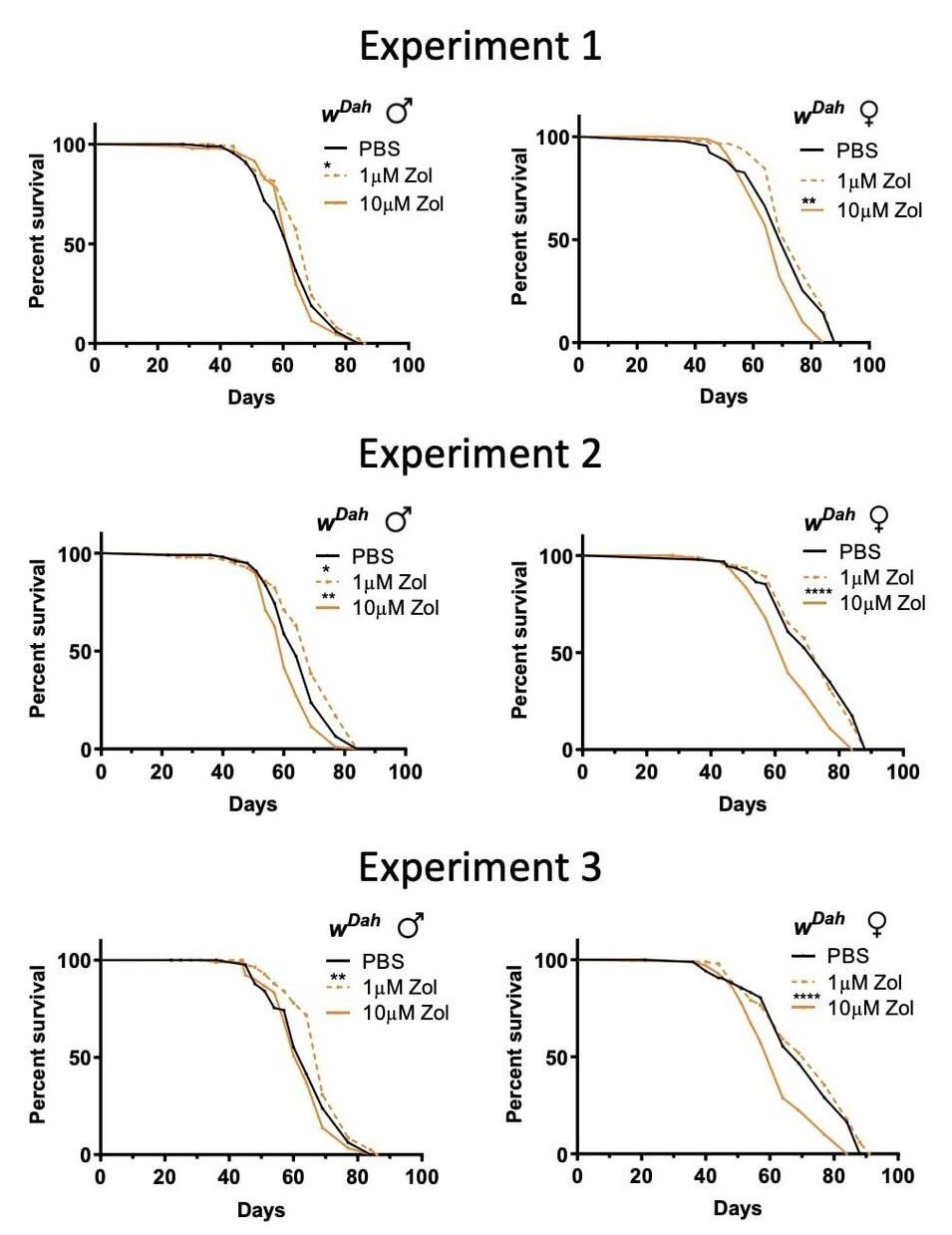Any volunteers?



Ageing is an incredibly complicated process, so much so that we do not yet understand exactly how complicated it is. It is in fact so complicated, that it could actually be incredibly simple. Confused? Well, imagine if you were a structural engineer who was trying to understand why a building collapsed. From an initial inspection of the rubble, it may be extremely difficult to work out exactly what went wrong. Was the building made from inferior materials? Was it built incorrectly? Was its destruction deliberate? Did it just fall apart due to age? All of these are possible, but what was the true cause for its destruction? Well, that is the same mystery we are trying to solve in longevity research. We can see the damage that is caused by ageing, but what is the cause? Is it a general accumulation of damage, or are there single points of failure which have knock on effects that affect the entire body? A cascade failure if you will.
Of the many different changes that occur during the ageing process, one of the most well-known and understood is the decreased capacity for our body to produced chemical energy, which has a knock-on effect throughout the body. This results in a general decrease in our ability to carry out cellular functions and will therefore effective everything from muscle strength to DNA replication and repair. This decrease in energy output has been linked to defects in our mitochondria, but in addition to these physical defects that occur in these small organisms, we now know that they also suffer a decreased capacity to carry out their function due to lacking a critical coenzyme called Nicotinamide adenine dinucleotide (NAD). Anyone who has taken a high school level biology class will probably recognise this enzyme as part of the electron transport chain in respiration.


“Deep in the forests of Germany, nestled neatly into the hollowed-out shells of acorns, live a smattering of ants who have stumbled upon a fountain of youth. They are born workers, but do not do much work. Their days are spent lollygagging about the nest, where their siblings shower them with gifts of food. They seem to elude the ravages of old age, retaining a durably adolescent physique, their outer shells soft and their hue distinctively tawny. Their scent, too, seems to shift, wafting out an alluring perfume that endears them to others. While their sisters, who have nearly identical genomes, perish within months of being born, these death-defying insects live on for years and years and years,” Katherine J. Wu writes.
A parasite gives its hosts the appearance of youth, and an unmatched social power in the colony.

Zoledronate is a biophosphonate, a drug used to strengthen bones and reduce the risk of osteoporosis-related bone fractures. It is well-absorbed into the bones, so it only needs to be administered through infusion once a year.
A 2010 study had found that people who were given zoledronate after experiencing hip fractures showed slightly reduced all-cause mortality compared to a control group. Patients who took the drug were at significantly lower risk for heart arrhythmias and pneumonia.
As this is a drug that is already being given to people, the choice to go back to genetically modified fruit flies, a much simpler model of aging, may seem counterintuitive. The team chose to test these insects for two principal reasons. The first is that Drosophila flies are a common subject of studies on basic aging pathways, which the researchers wished to explore. The second is simpler: Drosophila flies lack bones, making the bone-affecting properties of zoledronate irrelevant to the study.
The Retrobiome, Cancer, And Aging — Roswell Park Comprehensive Cancer CtrThe Retrobiome, Cancer, And Aging — Dr. Andrei Gudkov, PhD, DSci, Roswell Park Comprehensive Cancer Center, joins me on Progress, Potential, And Possibilities Cornell University College of Veterinary Medicine #Cancer #Vaika #Genome #DnaDamage #ImmunoSenescence #Pets #Dogs #Health #Lifespan #LifeExtension #Inflammaging #Longevity #Aging #Oncology
Dr Andrei Gudkov, PhD, DSci, is a preeminent cancer researcher who serves as Senior Vice President, Research Technology and Innovation, Chair of the Department of Cell Stress Biology, and a member of the senior leadership team for National Cancer Institute (NCI) Cancer Center Support Grant at Roswell Park Comprehensive Cancer Center (https://www.roswellpark.org/andrei-gudkov).
Dr. Gudkov is responsible for building on the basic and translational research strengths of the Cell Stress Biology program in DNA damage and repair, photodynamic therapy, thermal and hypoxic stress and immune modulation.
Dr. Gudkov assists the President & CEO in developing and implementing strategic plans for new scientific programs and enhancing collaborations in research programs with regional and national academic centers as well as with industry.
Before joining Roswell Park, Dr. Gudkov served as chair of the Department of Molecular Genetics at Lerner Research Institute, Cleveland Clinic Foundation, and Professor of Biochemistry at Case Western University. He earned his doctoral degree in Experimental Oncology at the Cancer Research Center, USSR and a Doctorate of Science (D.Sci) in Molecular Biology at the Moscow State University, USSR. He has authored or co-authored over 135 scientific articles and holds 27 patents.
Paper referenced in the video:
Can human aging be postponed?
https://pubmed.ncbi.nlm.nih.gov/10614072/
Dr. Rose’s website: https://55theses.org/

Possibilities.
Summary: Ketamine and exposure to 60-hertz flickering light show promise as a potentially new, non-invasive therapy to help rejuvenate the aging brain.
Source: IST Austria
Can you remember the smell of flowers in your grandmother’s garden or the tune your grandpa always used to whistle? Some childhood memories are seemingly ingrained into your brain. In fact, there are critical periods in which the brain learns and saves profound cognitive routines and memories. The structure responsible for saving them is called the perineuronal net.
This extracellular structure envelops certain neurons, thereby stabilizes existing connections – the synapses – between them and prevents new ones from forming. But what if we could remove the perineuronal net and restore the adaptability of a young brain? The neuroscientist Sandra Siegert and her research group at IST Austria now published two promising techniques to do so.

It’s an astonishing achievement — and in an eyebrow-raising twist, Simons says he plans to live forever, by turning himself into a cyborg.
It sounds like Simons has thought out his plan.
“This is the first puzzle piece in my goal of replacing body parts with mechanical parts,” Simons told De Telegraaf, adding that his goal is “immortality.”
Long vid. Slight annotation in the comments. A few takaways I liked: We need to move to human data instead of mice. People’s attitude towards life extension should change drastically soon. There is human data among this group and have released it, will keep following it, and some to be released soon. Sinclair thinks he can start primate trials this year. And overall everyone is optimistic.
A couple of weeks ago Avi Roy, alongside Nathan Cheng & Laura Minquini, hosted the Longevity Panel discussion, which assembled some of the biggest scientists in the field currently working on reversing aging.
This discussion was intended to illuminate how they are approaching longevity and to know if we are any closer in achieving it.
The talk was split into two sections: the first being open discussion guided by questions from the hosts. The talk was then opened up to the floor, allowing audience questions. Part 1 will provide the transcript from the first section of the Longevity Panel. Enjoy!
You can check out the full transcript, with addition links on the Gowing Life website: https://www.gowinglife.com/longevity-panel-the-scientists-wo…ng-part-1/